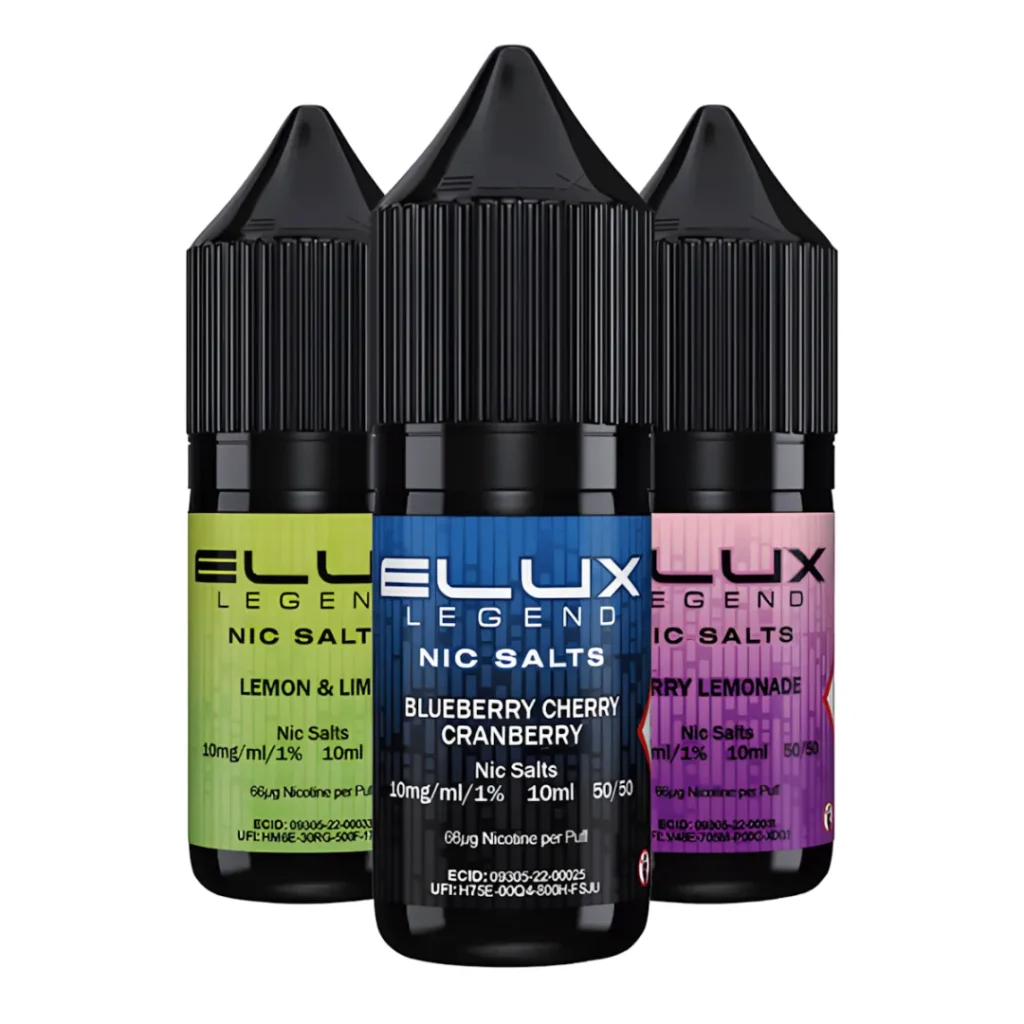
The debate between vaping and traditional smoking has been raging for over a decade. Supporters of vaping argue that it’s a cleaner, safer, and more modern alternative to cigarettes, while critics question its long-term safety and social implications. As 2025 unfolds, the discussion has grown more nuanced — shaped by new research, advanced vaping technology, and a growing emphasis on public health.
So, what does science actually say about vaping versus smoking? Let’s break down the real health debate and explore how these two nicotine delivery methods truly compare.
1. Understanding the Basics: How They Work
At their core, both cigarettes and vapes deliver nicotine — the addictive chemical that keeps users coming back. However, the way they do so is fundamentally different.
Cigarettes burn tobacco, producing smoke that contains thousands of chemicals. When inhaled, this smoke delivers nicotine to the lungs but also exposes users to tar, carbon monoxide, and carcinogens — substances directly linked to lung cancer, heart disease, and respiratory illnesses.
Vapes, on the other hand, heat a liquid (known as e-liquid or vape juice) to create an aerosol or “vapor.” This liquid typically contains nicotine, propylene glycol, vegetable glycerin, and flavorings. Because there’s no combustion, vaping generally produces fewer toxic compounds. However, that doesn’t mean it’s entirely risk-free — and understanding that nuance is key to the health debate.
2. What the Science Says About Health Risks
Cigarettes: The Proven Danger
Decades of research have made one thing abundantly clear — smoking is deadly. According to the World Health Organization, tobacco kills more than 8 million people annually, making it one of the leading causes of preventable death worldwide. Smoking affects nearly every organ in the body, causing cancer, heart disease, stroke, lung disease, and even complications in reproductive health.
The smoke from burned tobacco contains over 7,000 chemicals, including at least 70 known carcinogens. These toxins accumulate in the lungs and bloodstream, leading to irreversible damage over time.
Vaping: The Relative Unknown
Vaping has not been around long enough for researchers to fully understand its long-term effects. Still, short- and medium-term studies suggest that it poses significantly fewer health risks compared to smoking. Public Health England (now the Office for Health Improvement and Disparities) has repeatedly stated that vaping is at least 95% less harmful than smoking.
That said, vaping is not harmless. The inhalation of vaporized e-liquid can cause irritation in the lungs and throat, and certain flavoring chemicals (like diacetyl) have been linked to respiratory issues. Additionally, poor-quality or counterfeit devices can release harmful metals or chemicals if not properly manufactured.
Modern devices, such as the FEOBA TREO 33k, are built with advanced safety features like temperature regulation, anti-leak designs, and quality-tested materials to minimize these risks. These innovations demonstrate how the vaping industry continues to evolve toward greater user safety and consistency.
3. Nicotine Addiction: The Common Ground
Whether delivered through smoke or vapor, nicotine remains a powerful and addictive substance. It triggers dopamine release in the brain, creating feelings of pleasure and relaxation — but also dependency.
The difference lies in control. With vaping, users can choose from varying nicotine strengths, including zero-nicotine options. This flexibility has made vaping a popular tool for smokers trying to quit or reduce their nicotine intake. Some devices even allow gradual step-down systems that help users taper off slowly.
Cigarettes, on the other hand, provide no such control. Each stick delivers a fixed dose of nicotine along with harmful byproducts, making it difficult to regulate intake or reduce exposure.
4. The Impact on the Lungs
The respiratory system bears the brunt of both smoking and vaping, but the extent of the damage differs dramatically.
Smoking causes chronic inflammation, scarring, and reduced lung capacity. Long-term smokers often develop chronic obstructive pulmonary disease (COPD), emphysema, or lung cancer.
Vaping, by contrast, doesn’t produce tar or carbon monoxide — two of the most harmful substances in cigarette smoke. Studies show that switching from smoking to vaping can improve lung function and reduce coughing and wheezing over time.
However, excessive vaping can still lead to respiratory irritation or temporary inflammation, especially with high nicotine concentrations or poorly regulated devices. Experts recommend moderation and responsible usage, emphasizing quality devices and certified e-liquids.
5. The Social and Psychological Dimensions
Beyond physical health, both smoking and vaping have social and psychological implications. Smoking has long been associated with addiction, stigma, and declining social acceptance. Many workplaces, restaurants, and public spaces have banned smoking altogether.
Vaping, on the other hand, has gained popularity for its convenience, variety, and perceived sophistication. It produces no lingering odor, causes less irritation to bystanders, and is often seen as a “cleaner” habit.
However, the rise of disposable vapes and youth-oriented marketing has raised ethical and regulatory concerns. Health experts stress the importance of preventing underage use and maintaining responsible advertising practices.
6. Economic and Market Perspectives
The vaping industry has experienced exponential growth over the last decade, becoming a multibillion-dollar global market. Online distributors such as Vape Wholesale have made it easier for businesses and consumers to access a wide range of products — from disposable pods to premium mod systems.
This accessibility has fueled rapid innovation, pushing manufacturers to improve safety standards, battery efficiency, and e-liquid quality. Meanwhile, traditional cigarette sales continue to decline in many developed nations, a trend that reflects shifting consumer attitudes and public health initiatives.
The economic dimension of this debate highlights one key fact: consumers are voting with their wallets for healthier, tech-driven alternatives to smoking.
7. Regulation and Public Health Policy
Both smoking and vaping are subject to strict regulations — but the approaches differ.
Governments worldwide are tightening e-cigarette laws to ensure safety, quality, and transparency. Requirements like childproof packaging, ingredient disclosure, and advertising restrictions aim to protect consumers while supporting harm reduction for adult smokers.
Traditional tobacco products face even stricter controls, including high taxes, graphic warning labels, and public smoking bans. The goal is clear: reduce smoking rates while offering safer alternatives where appropriate.
Still, public health authorities continue to urge caution. While vaping may help adult smokers quit, it should not attract non-smokers or young people who might otherwise never use nicotine at all.
8. The Future: A Smoke-Free Generation?
The ultimate vision of many health organizations is a smoke-free future, where traditional cigarettes are phased out entirely. Vaping could play a role in achieving that goal if it’s used responsibly and regulated effectively.
Innovations like temperature-controlled coils, synthetic nicotine formulations, and eco-friendly vape materials are paving the way for a new era of cleaner nicotine consumption. Consumers are increasingly demanding transparency, sustainability, and evidence-based information — pushing the industry to evolve beyond its early reputation.
By 2030, some experts predict that vaping may overtake smoking in global prevalence, especially as younger generations opt for tech-based solutions over traditional tobacco.
Final Thoughts
The vaping vs. cigarette debate isn’t just about which habit is “better” — it’s about understanding harm reduction and informed choice. Cigarettes are unequivocally harmful, with decades of data proving their link to deadly diseases. Vaping, while not risk-free, presents a significantly safer alternative for adult smokers seeking to quit or reduce harm.
As research continues, one truth becomes clearer: technology, regulation, and education must work together to create a healthier future for nicotine users. Whether through advanced devices like FEOBA TREO 33k or through responsible distribution channels such as Vape Wholesale, the industry’s next chapter is about progress — not perfection.






